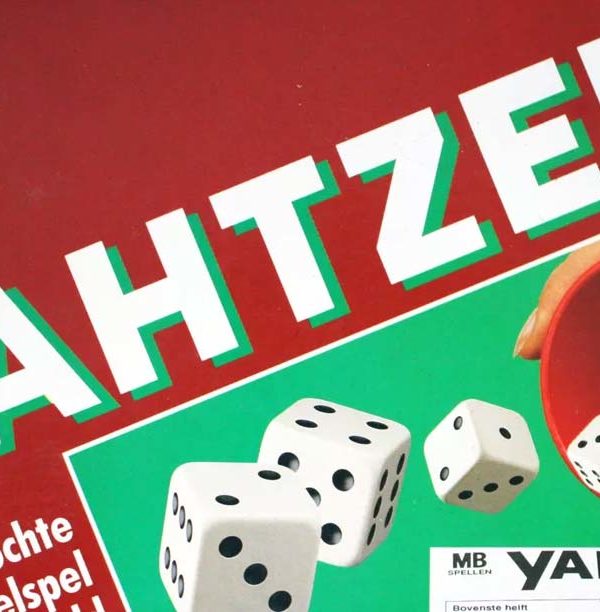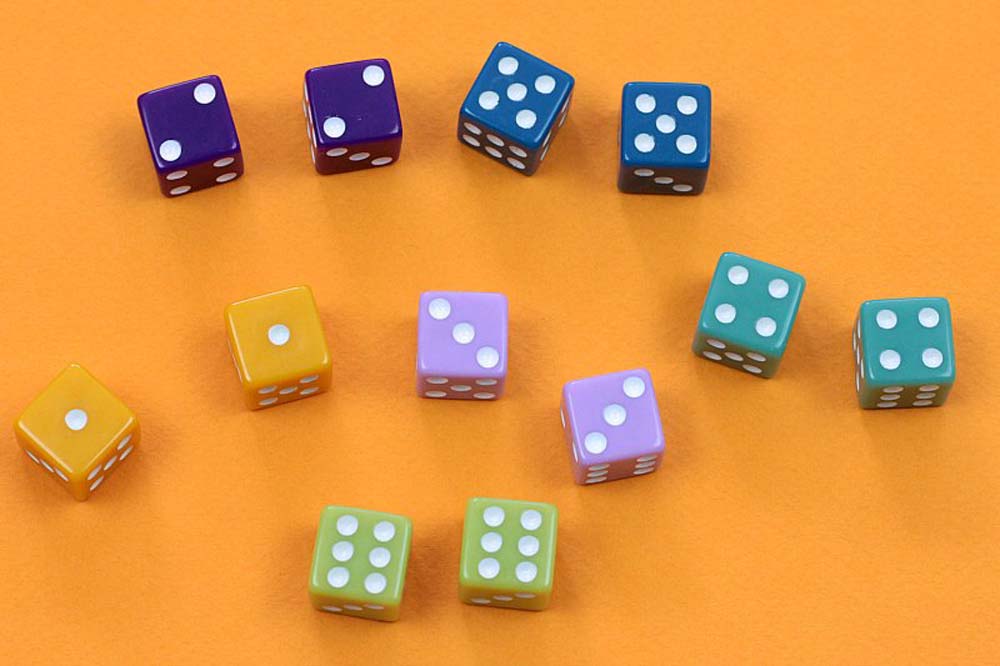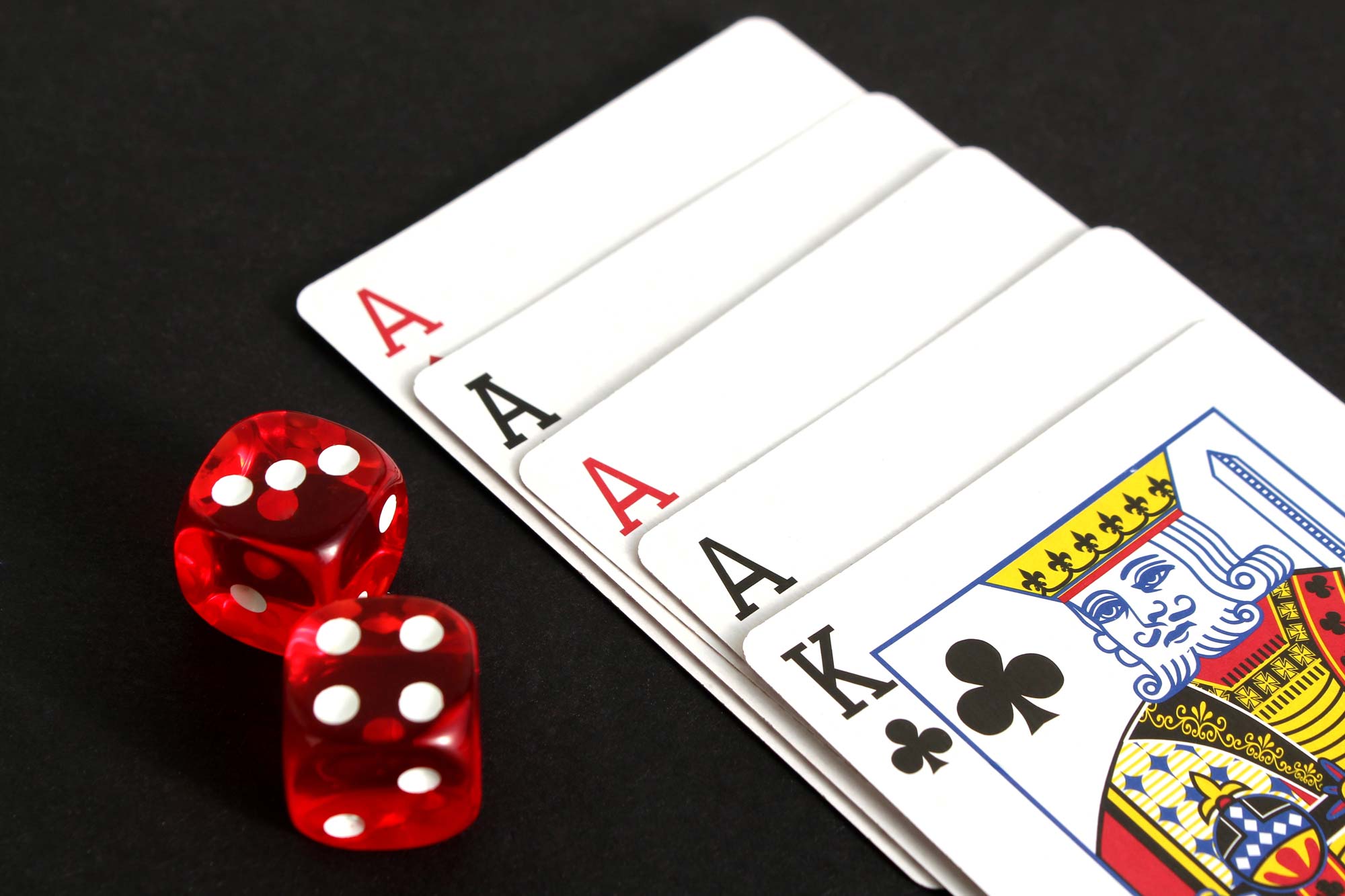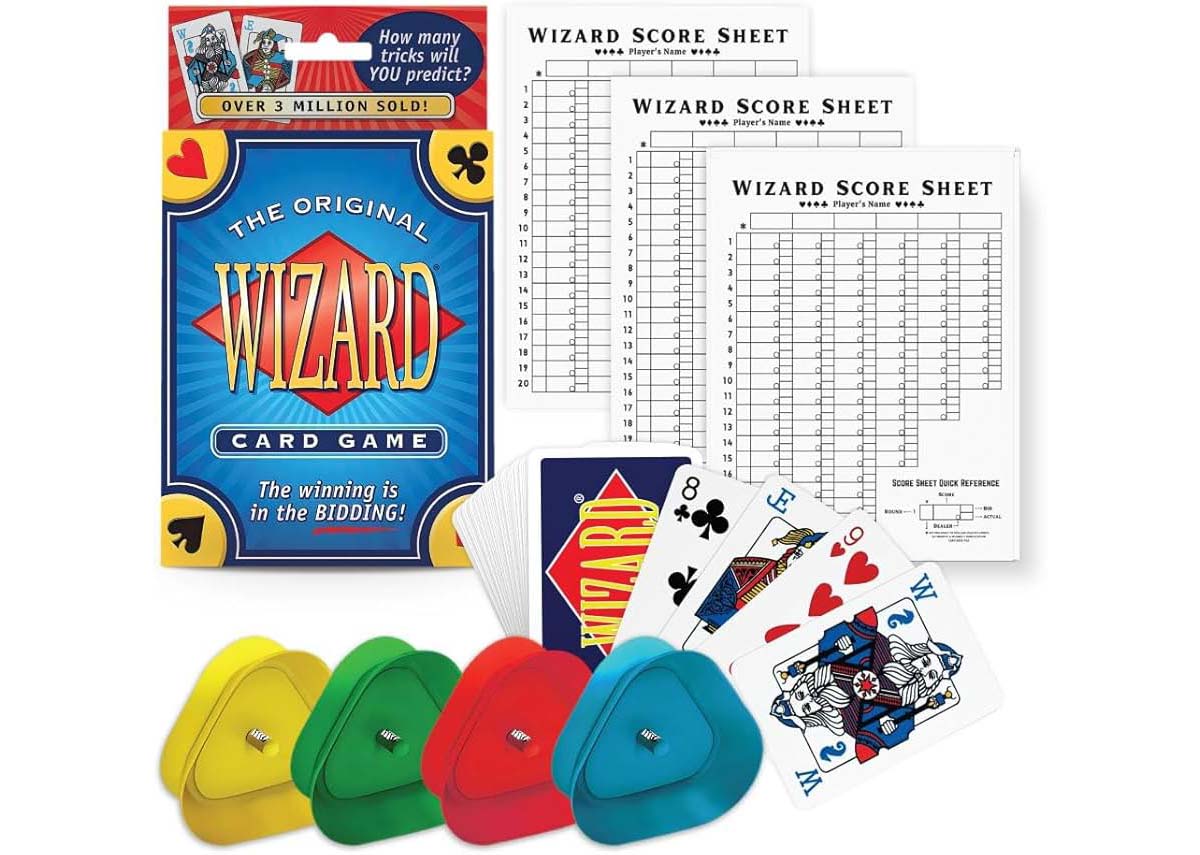
Imagine a game where each roll of the dice brings excitement, tension, and a touch of strategy. Welcome to Going to Boston, a classic dice game that combines simplicity and fun, making it perfect for players of all ages. Whether you’re gathered around the kitchen table or on a road trip, Going to Boston is sure to entertain. Ready to roll? Let’s dive into the engaging world of Going to Boston.
Country of Origin: United States
Date of Origin: Unknown, but popular in the early 20th century
Regions popular in: North America
Family: Dice games
Also Known As: Boston, Yankee Grab
Variants: High Boston, Low Boston
Game Rules
Objective of the Game
Score the highest total by rolling three dice and strategically choosing which dice to keep.
Number of Players: 2 or more (recommended 2-6)
Dice Information: Three six-sided dice
Setup
Each player takes turns rolling three dice. On each turn, a player rolls the dice three times, keeping the highest die from each roll.
Basic Gameplay
The player rolls all three dice and sets aside the highest one. They then roll the remaining two dice and set aside the highest one from that roll. Finally, they roll the last die and add up the three kept dice. The player with the highest total score after a predetermined number of rounds wins the game.
Winning Conditions
The player with the highest total score at the end of the game wins.
Key Terms
Boston: The highest single die roll kept by the player during their turn. Round: A complete cycle where each player takes their turn rolling the dice. Total Score: The sum of the three highest dice kept by the player in a single round.
Strategy and Tips
Going to Boston is a game where making smart choices is crucial. Aim to maximize your total score by keeping the highest possible die each roll. Pay attention to your opponents’ scores and adjust your strategy accordingly. Sometimes, it’s better to play conservatively and ensure a decent score rather than risk it all for a perfect roll. Practice and familiarity with the game will help you develop a keen sense of strategy.
Historical Background
The exact origins of Going to Boston are unclear, but it is believed to have gained popularity in the early 20th century in the United States. The game’s simplicity and engaging gameplay made it a favorite for family gatherings and social events. Over the years, it has continued to entertain generations, remaining a beloved choice for dice game enthusiasts.
Popularity and Cultural Impact
Going to Boston’s appeal lies in its straightforward rules and the excitement of each roll. It’s a game that can be played virtually anywhere, making it a popular choice for casual play. Its ease of learning and quick rounds make it accessible to players of all ages. The game’s versatility and charm have ensured its place in the world of classic dice games.
Legends and Funny Stories
Going to Boston is known for its memorable moments and amusing tales. One famous story involves a player who managed to roll a perfect score in a critical round, turning the tide of the game in their favor. Another tale tells of a family who played Going to Boston during a power outage, making the best of a dark situation with laughter and fun. These stories and many more add to the charm and excitement of the game, making each session a potential legend.
Conclusion
Going to Boston is more than just a game—it’s a blend of strategy, luck, and timeless fun. Whether you’re a seasoned player or new to the game, the thrill of each roll and the joy of making smart choices make Going to Boston a timeless favorite. So, gather your friends, grab those dice, and get ready for an unforgettable game of Going to Boston. Remember, every roll brings a new chance for excitement and victory. Let the good times roll!















